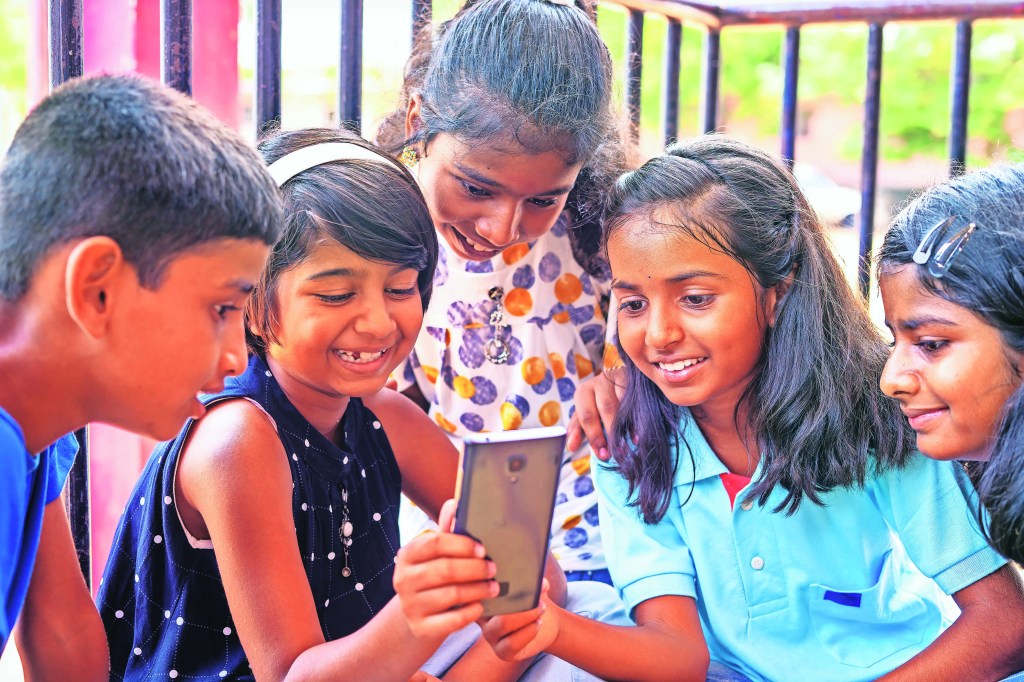The Annual Status of Education Report (ASER) 2024, released recently, revealed some stark truths about access to education in India. The report, after having surveyed close to 6.5 lakh school students in almost 18,000 villages across 605 rural districts, found that while 90% of rural adolescents have access to a smartphone at home, gender gaps exist in the digital education arena.
The gender digital divide (or GDD) is defined in a 2023 study, published in the Future in Educational Research journal, as a “phenomenon that refers to the inequalities and differences between men and women in accessing the digital ecosystem in various environments, such as the scenarios of education.”
Here’s what the numbers showed in the ASER report:
- 90.2% boys had smartphones at home, while 88.1% girls did
- 36.2% boys owned smartphones, and 26.9% girls did
- 70.2% boys could access smartphones for any digital task, but only 62.2% girls could
(Mr) Worldwide
However, this divide is not specific to India. According to the International Telecommunication Union (ITU), the United Nations’ specialised agency for information and communication technologies, while 70% men globally use the internet, only 65% women do. In 2023, the ITU wrote, “Globally, there are 244 million more men than women using the internet.”
This lag is more evident in low-income countries than anywhere else though. A UNICEF report, titled Bridging the Digital Divide, which looked at the online gap between young people aged 15-24, showed that around 90% of adolescent girls and young women in low-income countries do not use the internet, “while their male peers are twice as likely to be online”.
The UNICEF report went on to say, “On average across 32 countries and territories, girls are 35% less likely than their male peers to have digital skills, including simple activities like copying or pasting files or folders, sending emails, or transferring files. Across 41 countries and territories included in the analysis, households are much more likely to provide mobile phones for boys than girls.”
While this gap exists in education, it goes on to trigger one in employment as well. According to UN estimates, over 90% of the jobs available globally have or require a digital component. If access to digital education continues, it only becomes a catalyst in employment inequality too.
Interestingly though, the widest gap in women and young girls accessing the internet for education/ employment has been observed in South Asia and sub-Saharan Africa. According to the Global System for Mobile Communications Association, in Ethiopia, only 47% of women were aware of mobile technologies in 2023. The situation in India was only slightly better with 58% women being aware of the digital world. However, if you go in the deep trenches of rural areas, the access gap increases in all low-income countries.
How far we’ve come
The numbers are stark, but there’s definitely growth. The last National Family Health Survey-5, conducted between 2019-2021, had estimated that while 82% men owned mobile phones, only 54% women did. In fact, the report also said that while 57% men had accessed the internet at some point in their lives, only 33% women had ever had access to the internet.
In 2025, though, the Internet and Mobile Association of India estimates that India is about to have over 900 million internet users — a number driven hugely by rural users, surprisingly.
Taking on the divide
While any of this is easier said than done, taking on the gender digital divide will need massive policy shifts in how we approach making education accessible. What UNICEF studies, over the years, have suggested are starting with promoting gender-responsive digital teaching and ensuring connectivity and access to the internet for young adolescents by making digital technologies safe and affordable.
What also becomes important is working with communities to spread awareness about the necessity of digital intervention in education.
A recent UNICEF report adds, “Develop gender-responsive policies, plans and budgets that are informed by data and evidence and include specific actions to tackle the digital gender gap, promote gender-responsive digital learning and address online violence.”

